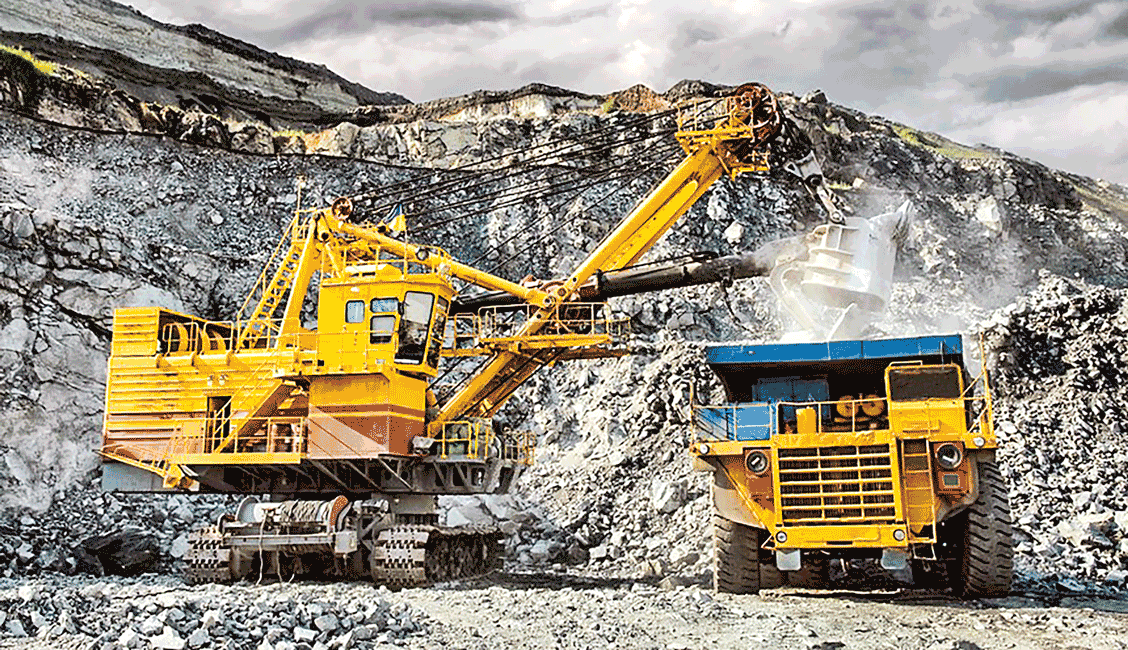
However, BMC then failed to remain high on the stock market with a series of plunges, and the main cause of the fall was blamed on poor business performance and not any impact from the market.
Fall due to negative effects
BMC was first listed on HOSE on 28 December 2006 at a reference price of VND 50,000 per share. Listed during the boom at the securities market, BMC enjoyed a successful series of 50 consecutive sessions to reach VND 454,000 per share on 16 March 2007.
After this series of rises, BMC shares were adjusted in a few sessions in a wave that lasted 30 sessions, at the end of which BMC shares reached VND 847,000 per share on 21 May 2007. That was the highest increase of a stock listed on the securities market so far. This stock was even higher than several of the then strong stocks such as SJS (Song Da Urban & Industrial Zone Investment & Development JSC) trading at VND 728,000 per share; FPT (FPT Group) trading at VND 665,000 per share; or DHG (DHG Pharma).
After such an impressive series of transactions, BMC fell into a dump due to negative effects of the securities market in 2008. In the trading session on 6 May 2008, BMC shares fell to below VND 100,000 each for the very first time. Though they enjoyed recovery later, the trend of falling in the securities market made BMC continually face significant record lows. In the session on 24 February 2009, for instance, BMC shares plummeted to VND 40,500 each. However, BMC reached bottom nearly seven years later, on 26 January 2016 when BMC shares dropped to VND 12,600 each. That means, if a shareholder held the shares when they were at record high until the moment they plunged to a record low, the shareholder would suffer a loss of 99%.
Difficulties due to poor business performance
If the rising wave pushed BMC to the top during the boom in the securities market, the falling wave pulled these shares to just over VND 14, 000 each at present, all because of poor business performance of the company. For instance, BMC's business performance in 2016 was the worst since its shares got listed. It made a profit of just VND 9.5 bn because the price of titanium fell by 60% in the world market while BMC had made a profit of VND 80-90 bn when the price of the metal was at its peak from 2011-2013. During this period, BMC was always among the top businesses with the highest earnings per share (EPS) in the securities market.
Several adverse factors caused mineral companies in general and BMC in particular to fall so drastically. The first one was due to Directive No.02/CT-TTg issued in 2012, which banned exporting raw minerals of petroleum and coal. The next one was the decision to raise taxes on exploitation of natural resources and the falling price of raw materials like titanium in the international market. With several changes in policies, BMC had to cut down on its yields by 50% in an effort to reduce the pressure on increased inventories. Additionally, BMC’s exploitation activities were primarily exploitation of raw materials, which could hardly ensure high profit margins. Particularly, in July 2016, BMC stopped being exempt from land rental applicable to leasing of mining land, causing production costs to rise.
Though BMC switched to production of titanium granules in order to comply with the Government policy on limited export of raw ore minerals and minimize the expenses, its business performance was still far from satisfactory. Its 2018 financial statement showed that its profits increased by nearly 40% over 2017, but the total amount was just a little more than VND 13.4 bn.
Gloomy future
At the 2019 annual general shareholders meeting, the BMC Board of Management listed its many difficulties. The BMC spokesperson said that the economic situation and the titanium market in the world had not shown any positive signs of improvement because of the impact of the USA-China trade war. The dependence on the price of titanium in the world market had a negative effect on the company’s business performance.
Apart from the price factor, BMC has been badly affected by policies. In April 2018, for example, the Ministry of Industry and Trade provided BMC with a licence to export ilmenite inventories from past years. However, such a licence was given to companies around the country at the same time, causing a sudden increase in supply which badly affected prices. Moreover, such a licence was valid in 2018 only, leaving titanium granule-producing and trading companies like BMC deep in trouble, and passive in getting access to the market as well as doing business with partners.
From its awareness of its situation, the Board of Management at BMC is expecting pretty low profits from its 2019 business activities. Particularly, it is expecting to make an after-tax profit of VND 16 bn, and its sales are estimated to be around VND 226.5 bn. Its unimpressive business performance over the past years, together with possibly dull business activities in the coming years, has made investors lose interest in BMC. All these things are obviously reflected in liquidation as well as the falling price of shares. Statistics show that BMC shares have been between VND 14,000 and VND 16,000 since 2016, and just a few thousand shares have been trading in each session.




















